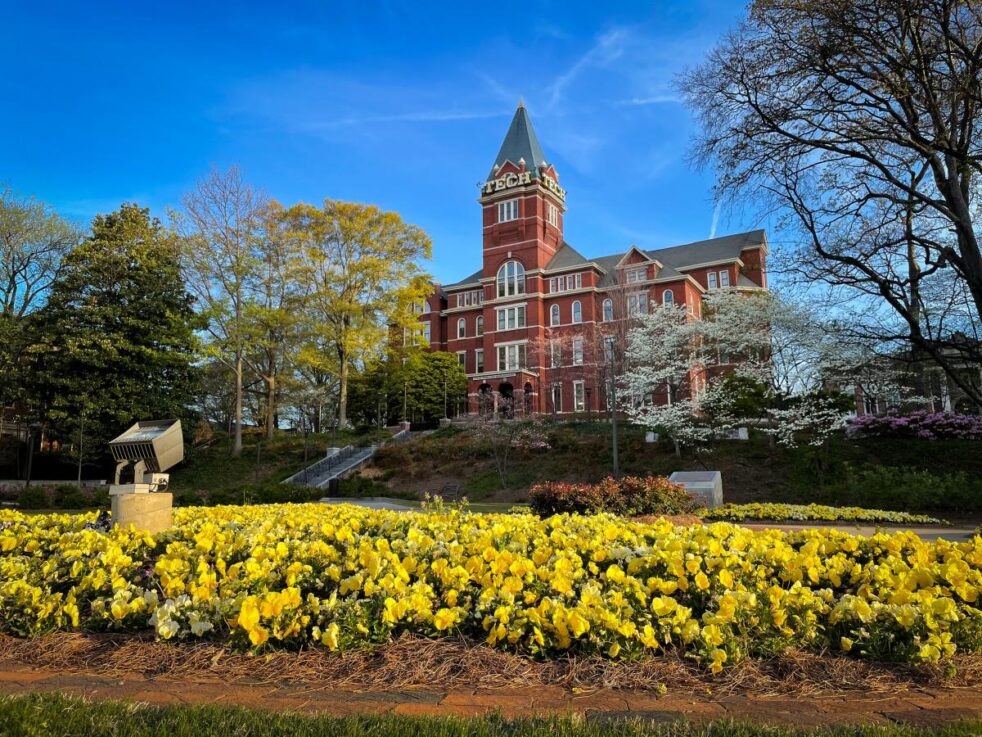According to The Weather Channel, throughout the 2010s, Denver International Airport ranked 4th in terms of total minutes lost to weather delays among U.S. hubs, thanks to a mix of snow, wind and thunderstorms, courtesy of the Rocky Mountains. As I read this statistic on my phone, I mused about how lucky I was to experience this phenomenon. It was 8:23 p.m. By now, I was supposed to be back in Atlanta, snuggled up in bed; instead, I was stuck in Denver, $40 poorer. The culprit? A burger, maybe 17 fries, a liter of water and a dainty, pre-packed salad.
Airport pricing is out of control. $6 waters, $20 burgers and alcohol prices that rival those at swanky venues are all too common due to a myriad of reasons that pervert typical consumer choice. To start, airports are captive markets, similar to venues like stadiums and nightclubs. Patrons to these spaces can’t easily leave, and competition inside is usually limited, allowing vendors to set prices at essentially whatever they want. The primary difference here is that people want to go out to a club, and people want to watch the Braves play, but not everyone goes to LaGuardia or O’Hare with the same excitement — the second you get there, the objective is to go somewhere else. Yet, the three charge comparable prices for food and drinks.
Unlike the other two venues where you are free to leave whenever you want, in an airport, the second you pass the Transportation Security Administration (TSA) checkpoint, you are stuck there until the flight takes off. Plus, the time you spend there can rapidly balloon past expectations, between the delays and the near-compulsory two hour early arrival, serving as insurance for whenever TSA has one of its frequent meltdowns. The longer you remain in the airport, the more likely you are to consume, leading the ridiculous prices to seem even more predatory.
This is exacerbated by the fact that airplanes themselves are captive markets as well. Complimentary food and drink on board is usually limited in terms of variety and quantity, and if you choose to pay to expand your options, you are often rewarded with pricey and low-quality fare. Then, when you factor in the hours spent in the air, many travelers actually find it more appealing to eat or drink in the terminal than to settle for in-flight options or wait until they arrive.
Psychological factors play a role as well. Many people find flying stressful, and stress tends to make people indulge more heavily in food and drink. Spending momentum adds another layer of complexity, as after dropping hundreds or thousands of dollars on a flight, a $20 burger suddenly doesn’t sound that bad.
The catch is, airport vendors can’t choose to lower their prices to spark competition — mega-conglomerates, the same culprit at the crux of so many broader economic problems, prevent that from happening. Paradies Lagardere, SSP Group and Avolta control a majority of the U.S. airport concessionary market, with Avolta being the biggest player at 34% market share. That dominance allows these companies the leverage to strong-arm and absorb competitors, discouraging competition and further limiting the potential for lower prices.
But the mega-corporations are not completely at fault; there are a handful of reasons why prices in airports might be somewhat higher than those outside. Airports usually charge concessionaires hefty rent fees and take a good chunk of cash off the top of all sales. Operating inside an airport also leads to a whole host of additional logistical obstacles, like getting merchandise and employees screened through TSA. Though this leads to higher operating costs, airports have greater customer volume than most locations out in the wild, which should help mitigate the effects of higher costs to an extent.
Still, it’s important to distinguish price increases due to operational costs from increasing the price of a product just because consumers are willing to pay more. The worst offenders of the latter are usually newsstands and small, regional quick-service restaurants. Quick-service chains with a large nationwide footprint are usually a little better; they’re more likely to keep prices as consistent as economically feasible with their locations on the outside, primarily for the sake of brand consistency and meeting customer expectations. In addition, sit-down establishments also deserve a little more slack, as their operating costs are even higher. They have to rent a larger space and often have to pay servers more in order to maintain the slim profit margins that restaurants usually receive. The newsstands and grab-and-go restaurants don’t have a nationwide brand to worry about, nor the additional expenses of operating a sit-down restaurant in an airport, yet they continue to charge more.
Thankfully, consumers and even the U.S. Congress have taken note, and airports are now making some sort of effort to limit prices. Most have implemented a “street price plus” policy, designed to ensure that companies don’t charge more than the street price for an item, plus 10 to 20 percent to cover additional operating costs. In practice, the definition of a street price is a bit murky, as companies with significant influence try to persuade airport policymakers to accept inflated street prices as reality, boosting profit margins in the process. Airports attempt to enforce compliance through a collection of audits, requiring companies to lower prices if they aren’t in accordance with policy. Unfortunately, these audits are often not thorough, and many airport retailers continue to charge more than the maximum percentage above the street price.
To end on a positive note, consider Portland, Ore.’s main airport, PDX. They enforce a true street-level policy, where prices inside the airport must match those on the streets of Portland, and not what the companies think they should be. These prices are well-maintained and audited by airport management. Maybe if Denver were to follow the lead of PDX, being stranded there for a few hours wouldn’t be so catastrophic after all.
